Just in case you’re not already familiar with Curcumin here’s a brief review of some of the potential benefits shown by the numerous studies and experiments that have been conducted on this ‘little jack-of-all-trades.’
Anti-Inflammatory / Anti-Arthritis
Curcumin has been shown to block the activation of the pro-inflammatory protein complex, NF-κB, which is released by your body in response to several different inflammatory stimuli [1]. Curcumin has also been shown to suppress inflammation through a number of other biological mechanisms beyond just NF-κB, (and beyond what we have time to discuss here) which is why most retailers advertise Curcumin as a potential anti-inflammatory agent [1]. In fact, a meta-analysis provided scientific evidence that 8–12 weeks of standardized turmeric extracts can reduce arthritis symptoms (mainly pain and inflammation-related symptoms) and result in similar effects to ibuprofen and diclofenac sodium [2].
Nootropic / Mood Booster
Several Studies have shown that Curcumin may improve memory [3], learning [4] and boost your mood; one study going so far as to compare it to a low dose of Prozac stating, “Given the efficacy of curcumin treatment by itself, this study highlights the need for future large-scale clinical trials.” and that Curcumin is a “safe and natural dietary botanical as a possible mono-therapy in patients with depressive disorders [5]."
Endurance Booster / Muscle Builder / Testosterone Booster
Exercise has been shown to increase GLUT4 a molecule that pulls sugar from your bloodstream into your muscles, aiding endurance and enhancing recovery. Exercise alone increases GLUT4 by about +10% but add some Curcumin to that equation and GLUT4 jumps up by about +75% [6] and blood levels of the fatigue markers lactic acid, ammonia and urea (BUN) were greatly reduced [7]. Additionally, Curcumin was shown to have significantly increased testosterone as well as the enzymes that help the body create testosterone [8] and act as a mild anti-estrogen [9].
In a study published in the Journal of Steroid Biochemistry and Molecular Biology, researchers concluded that a combination of endurance training and Curcumin: “increased AMPK phosphorylation, NAD+/NADH ratio, SIRT1 expression, and PGC-1α deacetylation. Furthermore, curcumin treatment as well as exercise also increased levels of cAMP and downstream target of PKA including phosphorylation CREB and LKB-1 which are involved in the regulation of mitochondrial biogenesis [10].” Translation: Training + Curcumin = More Mitochondria (what your sophomore Biology teacher called “the powerhouse of the cell.”)
With all these interesting benefits from so many different studies, Scientists became eager to find out 2 things:
- Why weren’t all of the benefits these studies seemed to be showing panning out when people took Curcumin supplements?
- What exactly is happening to the Curcumin molecule when people are consuming Curcumin supplements that allows it to impart some benefits but not others?
Several forms of Curcumin supplements were tested from simple turmeric powder to standardized Curcumin extracts all the way to clinical formulations such as liquid-gels and emulsified powders. They all showed that when you consume Curcumin your body turns it into a much more powerful Curcumin-metabolite: Tetrahydro-Curcumin, the main ingredient of our Helios product

So, it’s reasonable that most, if not all, effects of Curcumin supplements are a result of Tetrahydro-Curcumin in the blood and ultimately in your muscle, brain and other tissues, where it’s providing those benefits that real world consumers are reporting. Now, if it’s Tetrahydro-Curcumin imparting the results that people do get, why not just take a capsule of Tetrahydro-Curcumin? And what else is happening that’s limiting the real-world results?

The image above shows that no matter if it’s Curcumin or Tetrahydro-Curcumin, it will react with beta-Glucuronidase in your small intestine (gut) and quickly be converted into its “glucuronoside” analog which makes it super-easy for your kidneys to filter out into your urine… that’s right; you’re literally flushing most of your Curcumin down the toilet.
This is why if you really dig in to the studies that show the most impressive potential benefits, usually you’ll find the researchers used mega-doses or in the case of some of the animal testing, they administered the Curcumin by injection.
So, what does the future hold for Curcumin and Tetrahydro-Curcumin?
With injectable supplements in a legal grey area, just about any injectable form of Curcumin is “Research-Grade” at best and with one confirmed death from a botched Curcumin injection (albeit an intravenous injection) I would not advise injecting Curcumin or Tetrahydro-Curcumin unless under the strict supervision of a qualified medical professional.
This leaves us with two options: 1 continue to develop oral formulations that can help thwart beta-glucuronidase and other challenges to oral absorption/oral bioavailability or 2 create a transdermal Curcumin similar to transdermal testosterone creams or gels which are used to overcome the poor oral bioavailability without resorting to injections. The main issue with this has been skin staining caused by Curcumin’s bright orangey-yellow coloration which leaves the skin stained a rather sickly looking yellow, somewhat similar in appearance to jaundice. However, we know that most of Curcumin’s effects are a result of Tetrahydro-Curcumin in the bloodstream and that Tetrahydro-Curcumin is a more potent anti-oxidant than Curcumin itself. Therefore, it’s possible that a transdermal preparation of Tetrahydro-Curcumin could be a viable solution for those not interested in mega-dosing Curcumin capsules paying extra for fancy formulations or risking a potentially fatal botched Curcumin injection.
- Panahi, Y., et al. “Effects of Curcumin on Serum Cytokine Concentrations in Subjects with Metabolic Syndrome: A Post-Hoc Analysis of a Randomized Controlled Trial.” Biomedicine & Pharmacotherapy, vol. 82, Aug. 2016, pp. 578–582., doi:10.1016/j.biopha.2016.05.037.
- Daily, J.W., et al. “Efficacy of Turmeric Extracts and Curcumin for Alleviating the Symptoms of Ioint Arthritis: A Systematic Review and Meta-Snalysis of Randomized Clinical Trials.” Journal Of Medicinal Food, vol. 19, no. 8, 1 Aug. 2016, pp. 717–729., doi:10.1089/jmf.2016.3705.
- Small, Gary W., et al. “Memory and Brain Amyloid and Tau Effects of a Bioavailable Form of Curcumin in Non-Demented Adults: A Double-Blind, Placebo-Controlled 18-Month Trial.” The American Journal of Geriatric Psychiatry, vol. 26, no. 3, 2018, pp. 266–277., doi:10.1016/j.jagp.2017.10.010.
- Qureshi, Naseem Akhtar, and Al-Bedah. “Mood Disorders and Complementary and Alternative Medicine: a Literature Review.” Neuropsychiatric Disease and Treatment, 2013, p. 639., doi:10.2147/ndt.s43419.
- Sanmukhani, Jayesh, et al. “Efficacy and Safety of Curcumin in Major Depressive Disorder: A Randomized Controlled Trial.” Phytotherapy Research, vol. 28, no. 4, 2013, pp. 579–585., doi:10.1002/ptr.5025.
- Huang, Wen-Ching, et al. “Effect of Curcumin Supplementation on Physiological Fatigue and Physical Performance in Mice.” Nutrients, vol. 7, no. 2, 2015, pp. 905–921., doi:10.3390/nu7020905.
- Juturu, Vijaya, et al. “Curcumin Prevents Muscle Damage by Regulating NF-KB and Nrf2 Pathways and Improves Performance: an in Vivo Model.” Journal of Inflammation Research, Volume 9, 2016, pp. 147–154., doi:10.2147/jir.s110873.
- Nasu, Kaei. “Faculty of 1000 Evaluation for Exosomal MiR-214 from Endometrial Stromal Cells Inhibits Endometriosis Fibrosis.” F1000 - Post-Publication Peer Review of the Biomedical Literature, 2018, doi:10.3410/f.733058715.793544970.
- Hamidie, Ronald D. Ray, et al. “Curcumin Treatment Enhances the Effect of Exercise on Mitochondrial Biogenesis in Skeletal Muscle by Increasing CAMP Levels.” Metabolism, vol. 64, no. 10, 2015, pp. 1334–1347., doi:10.1016/j.metabol.2015.07.010.
- Abarikwu, Sunny O., et al. “Combined Administration of Curcumin and Gallic Acid Inhibits Gallic Acid-Induced Suppression of Steroidogenesis, Sperm Output, Antioxidant Defenses and Inflammatory Responsive Genes.” The Journal of Steroid Biochemistry and Molecular Biology, vol. 143, 2014, pp. 49–60., doi:10.1016/j.jsbmb.2014.02.008.

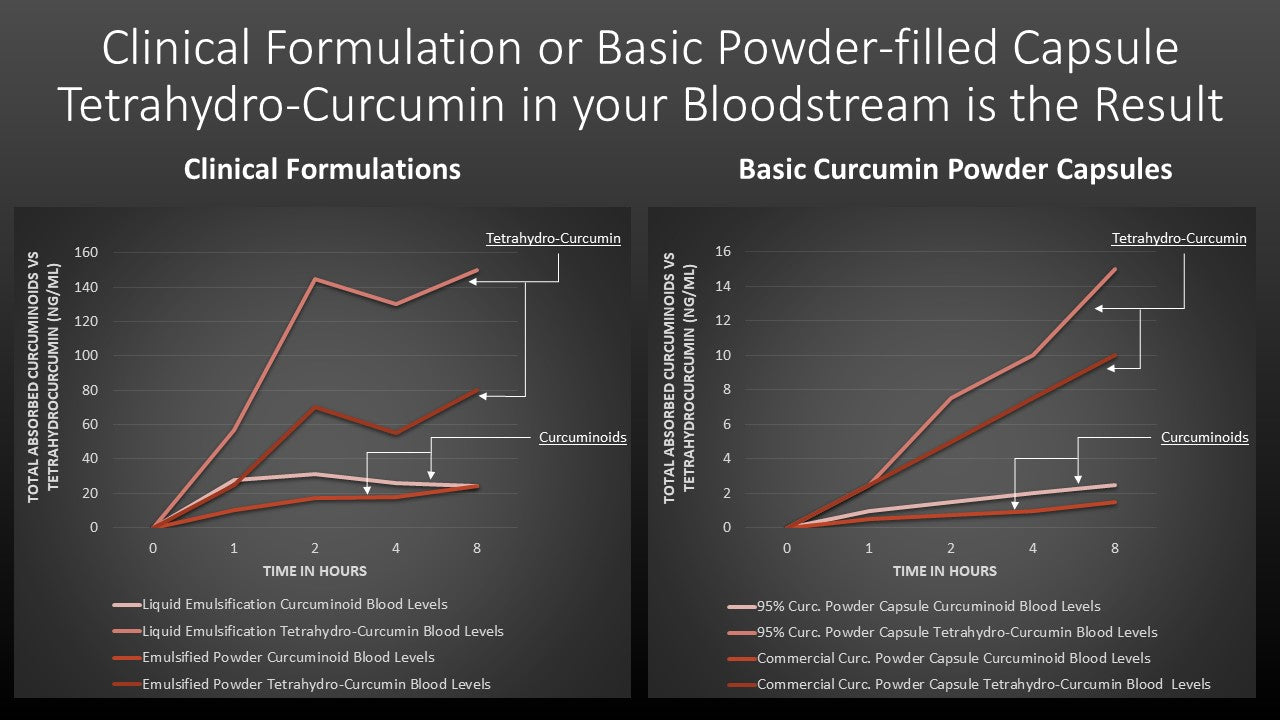
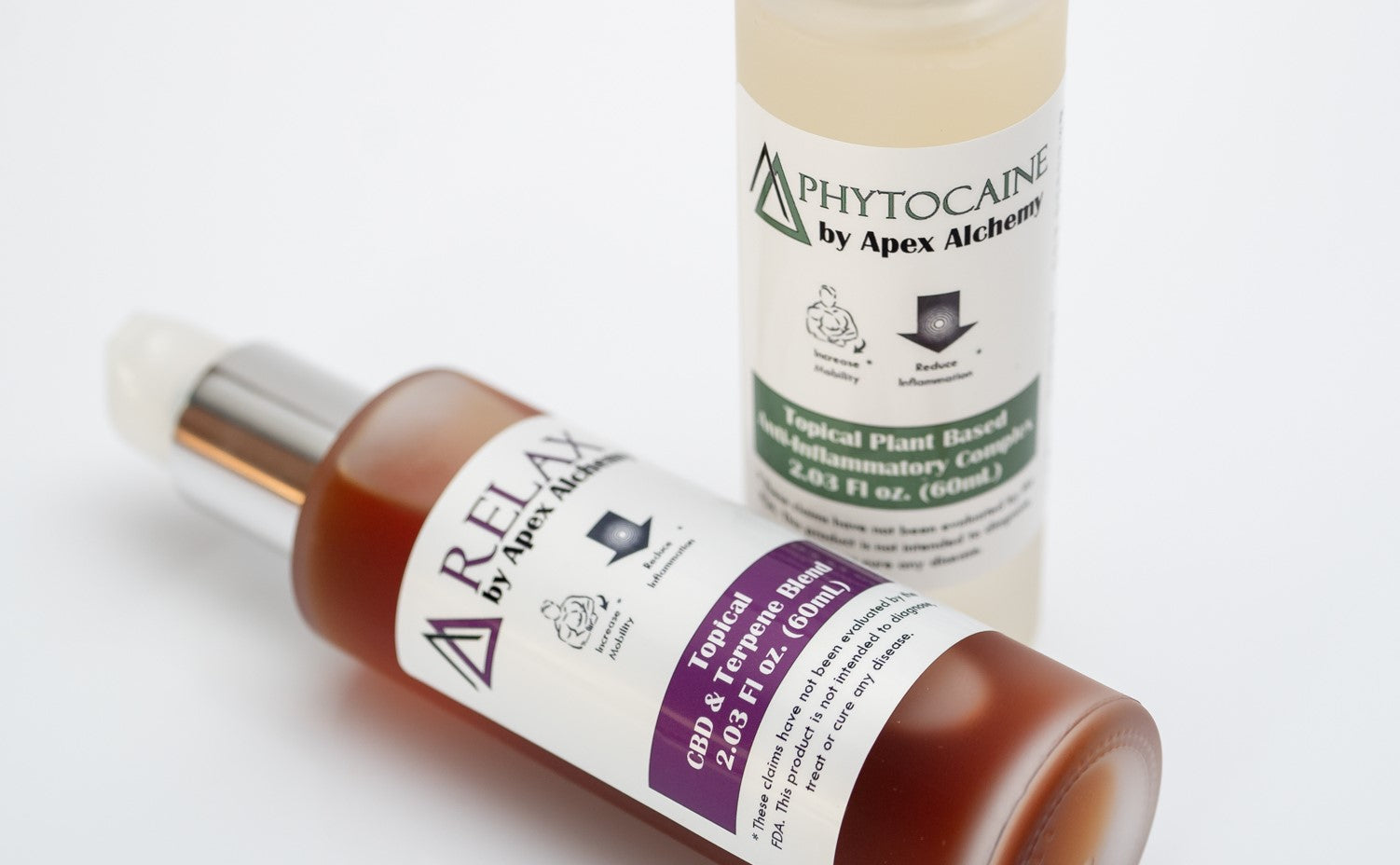
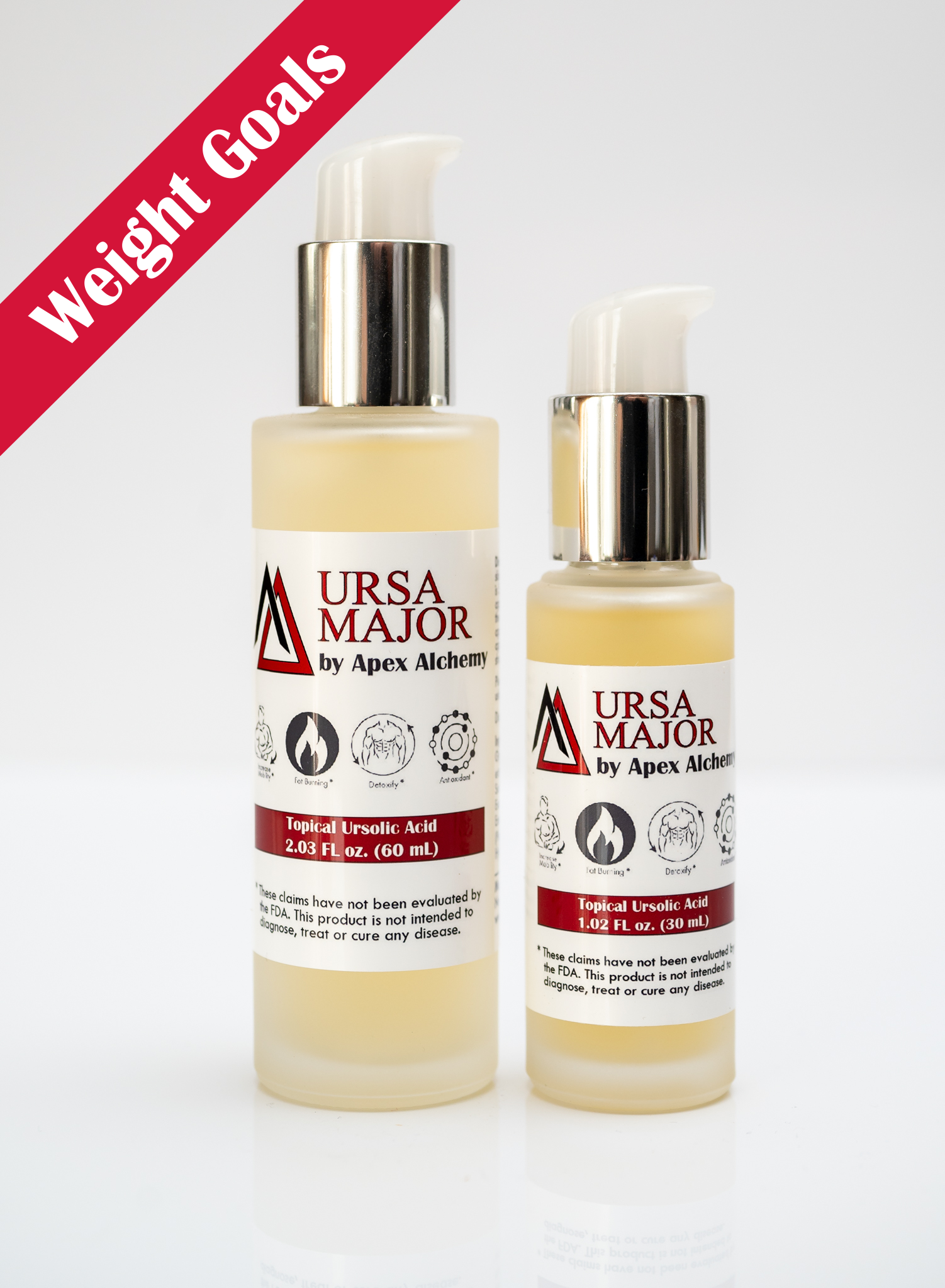
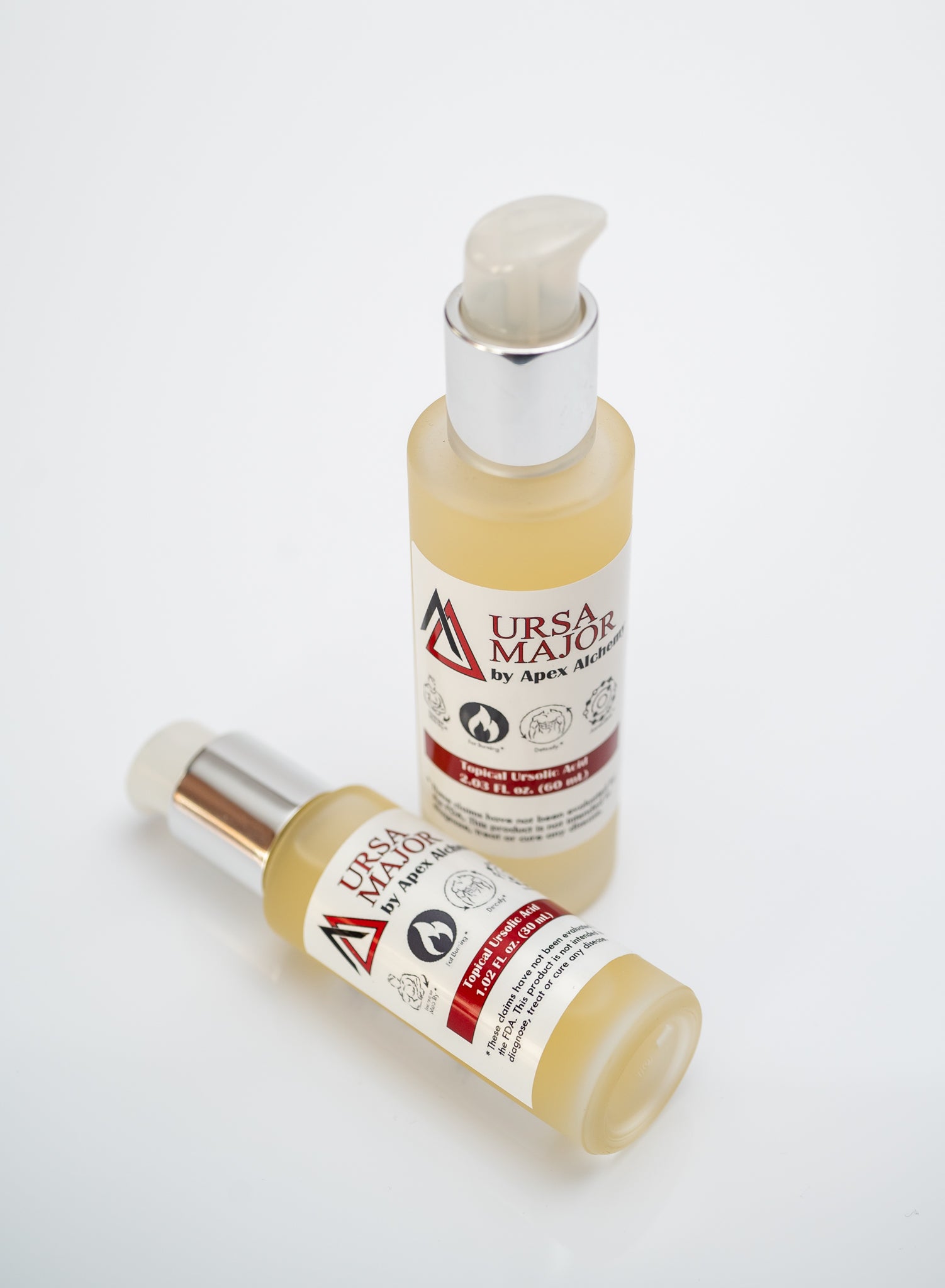
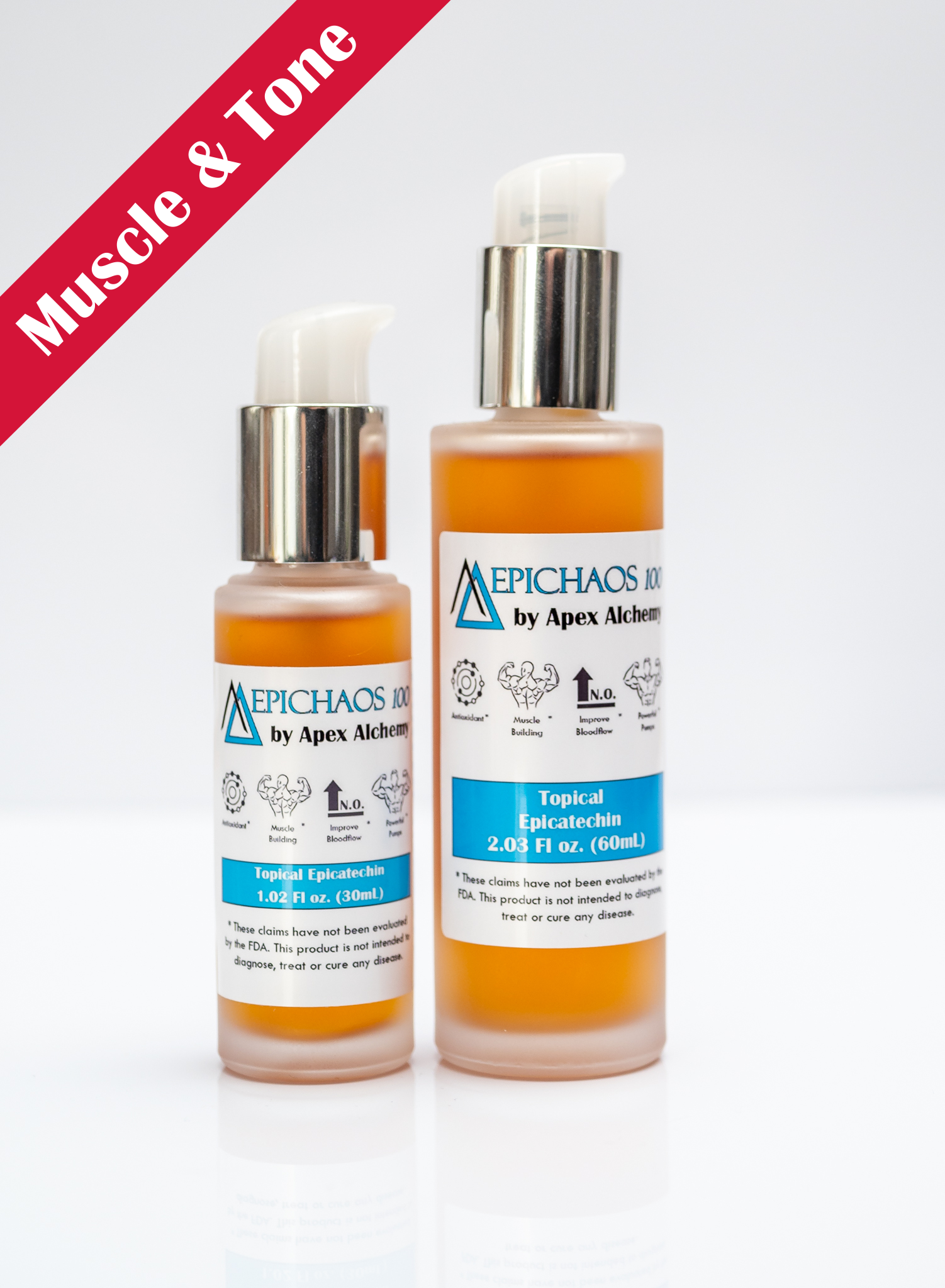
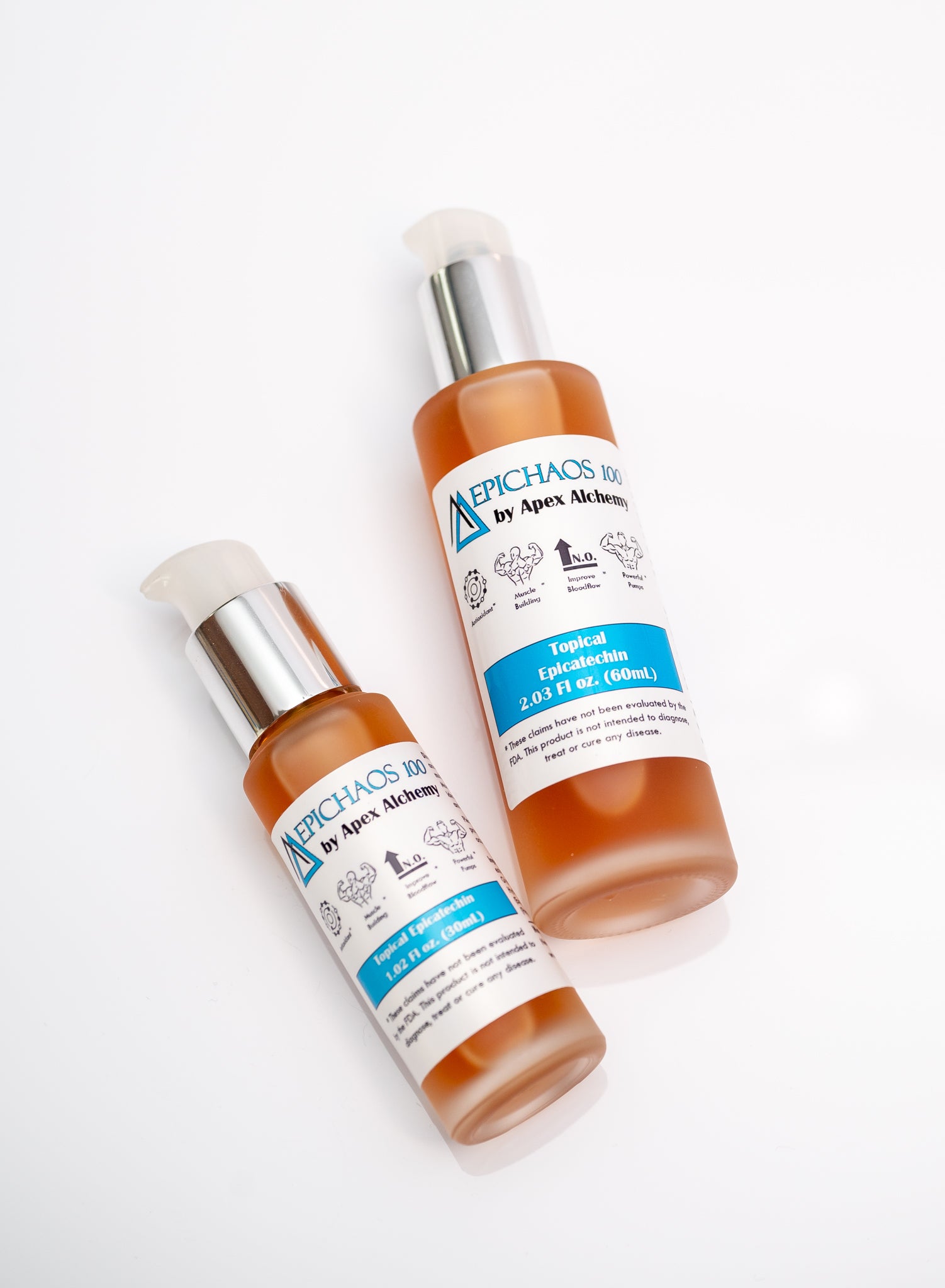
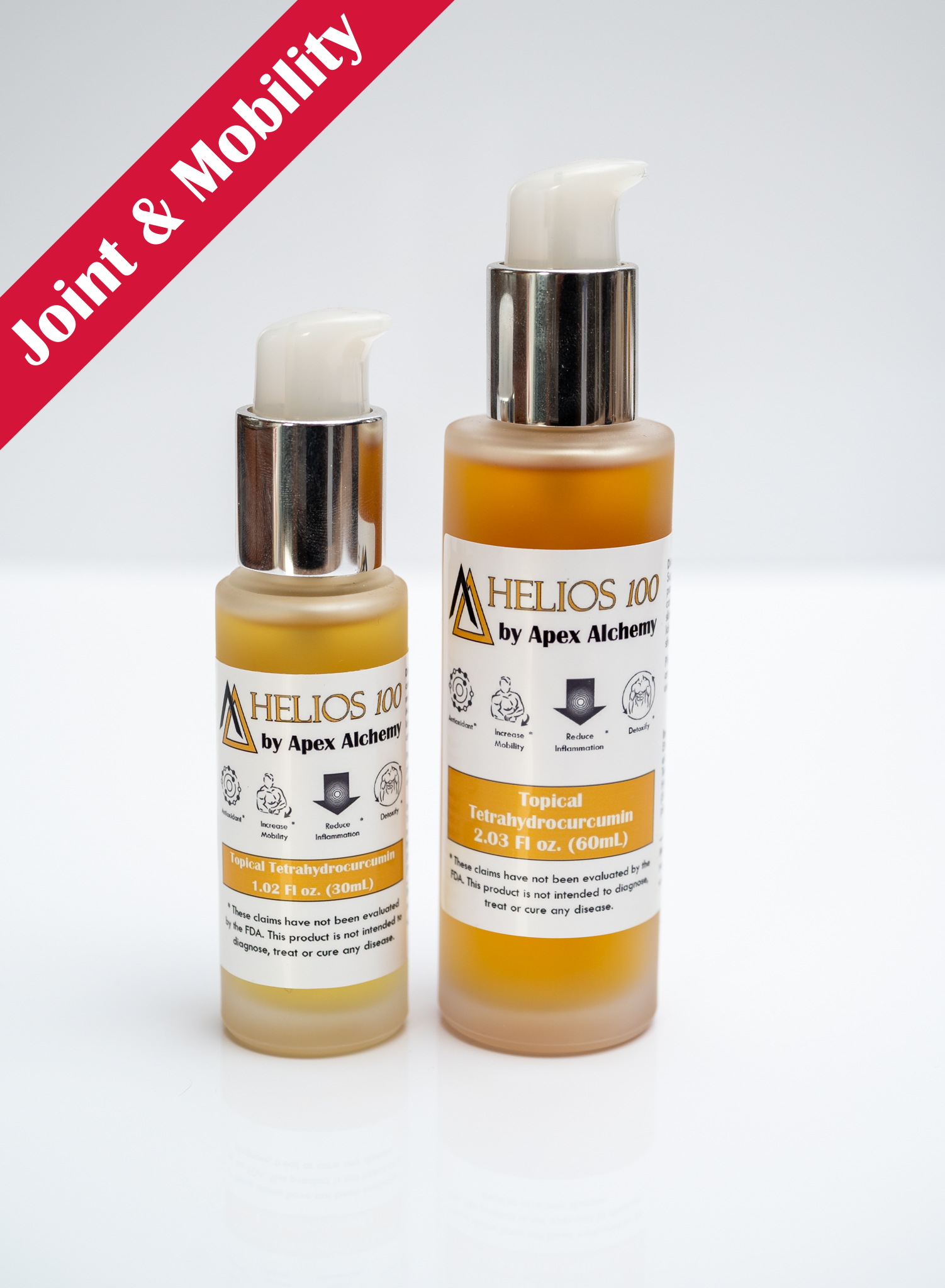
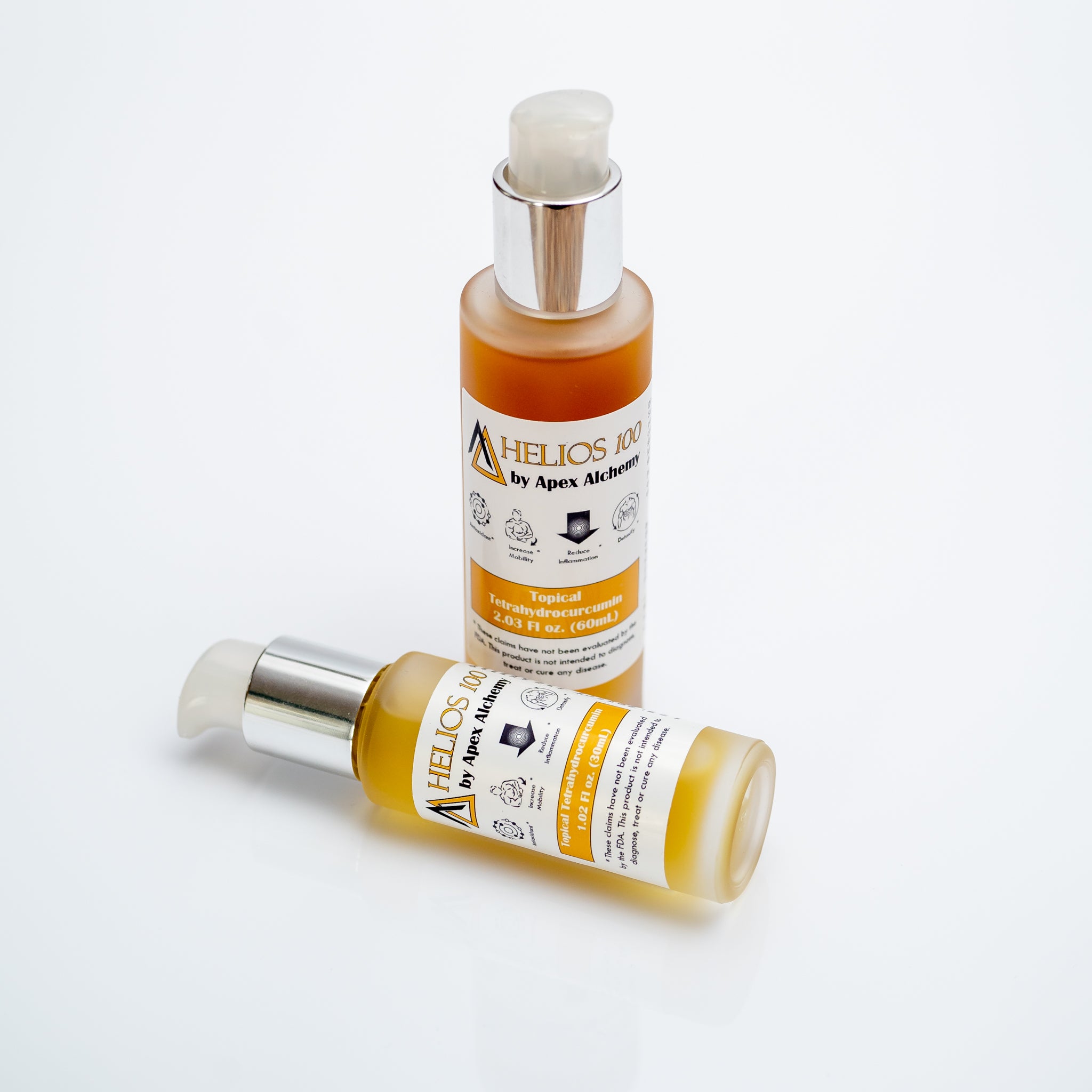
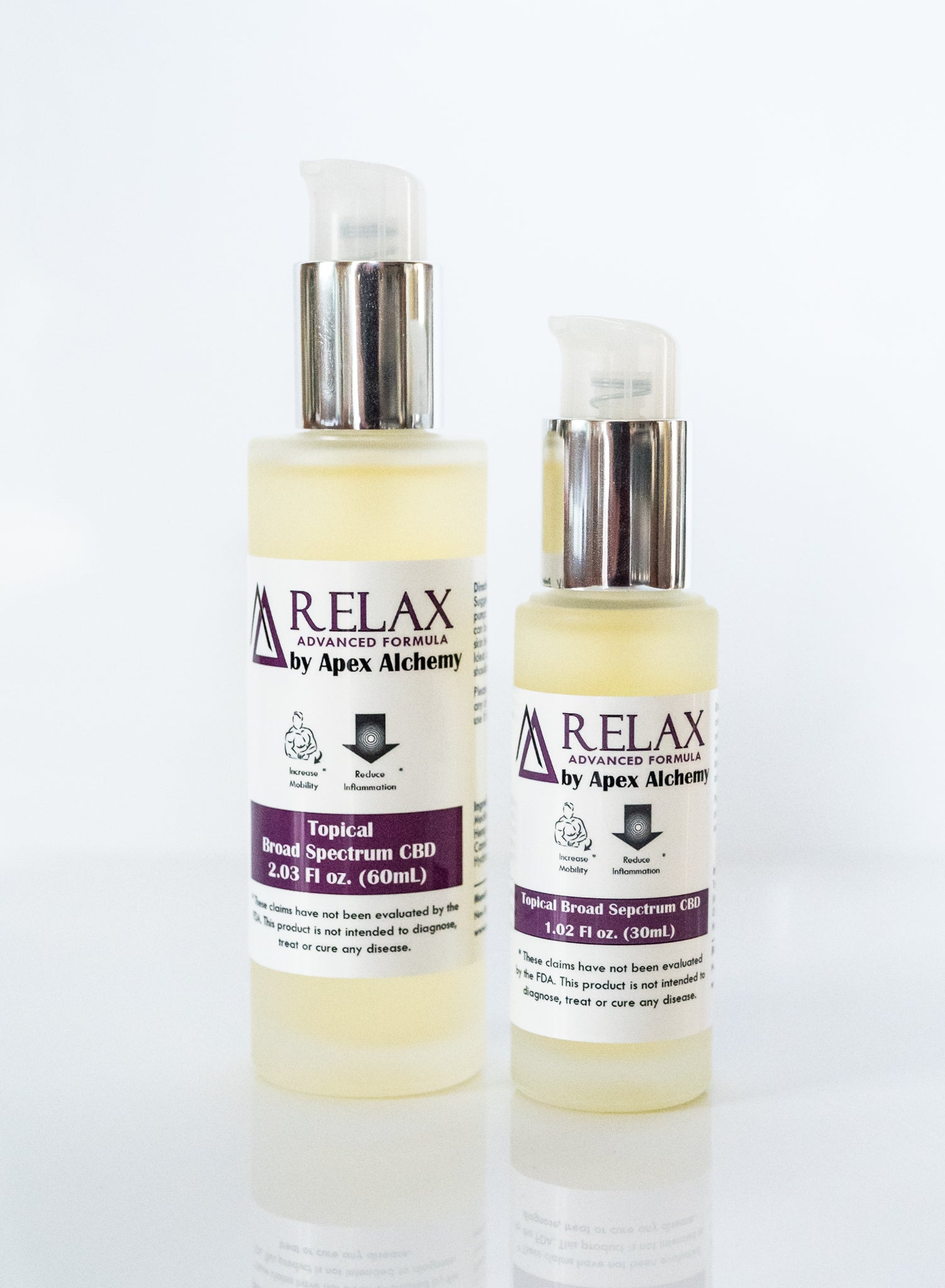
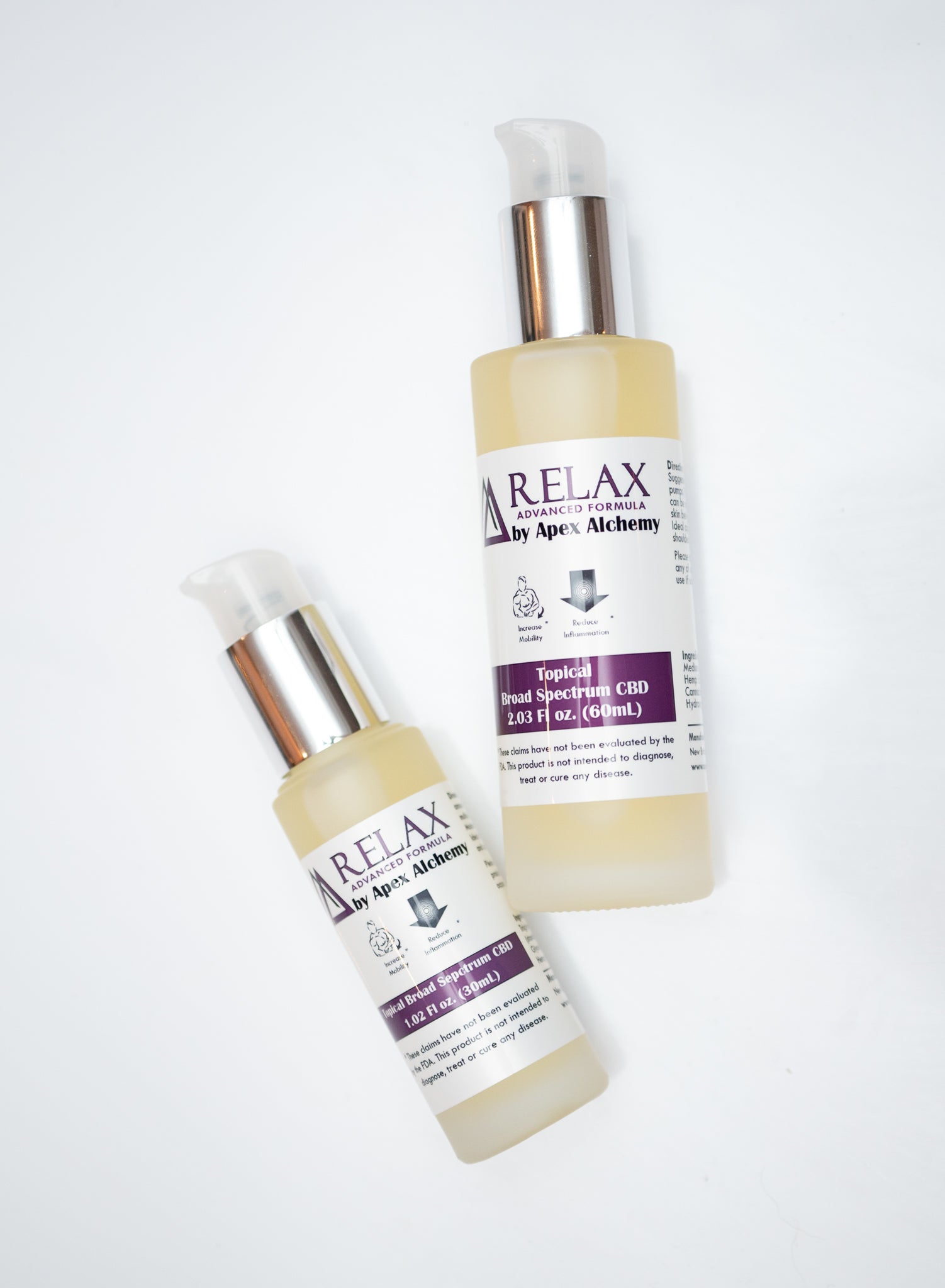
Leave a comment
This site is protected by reCAPTCHA and the Google Privacy Policy and Terms of Service apply.